
Enhance Your Silhouette:
Body Lift Surgery Explained

Overview
Have you reached your weight loss goals only to continue hiding your body because of the loose, sagging skin that remains? Your skin may not have the elasticity to keep up with all your hard work. This can be caused by natural aging or the excess strain of weight over time. Body lift surgery uses the most advanced surgical procedures to remove extra skin and tissue following substantial weight loss to help you rediscover confidence in your appearance.
A full or lower body lift can also be paired with other lift and sculpting procedures such as arm, breast, thigh, and face or chin lift for a transformative last step toward a new, healthy lifestyle.
Summary
Types of Body Lift Treatments
Lower body lift surgery is a trusted surgical procedure for those who have lost weight and are frustrated by excess sagging skin. During this procedure, a large section of skin is removed from the midsection (front and back) by creating two parallel incisions, like a belt, around the abdomen and above the buttocks. The remaining skin and tissue are tightening and contoured to improve the appearance of the buttocks, waist, hips, and thighs all in one procedure.

Sagging skin under your arms, between the armpit and elbow, can be removed during an arm lift procedure, also known as brachioplasty surgery. There is no way to completely prevent visible scars during arm lift surgery, though our highly-skilled surgeons use the most advanced techniques to reduce scarring. Over time scars will lighten and become less noticeable.

Thigh lift surgery is the standard approach to tightening loose skin on the upper legs. An outer thigh lift involves creating a curved back-to-front incision at the top of the thigh, and a medial thigh lift involves a smaller incision along the groin. Both methods allow our skilled surgeons to carefully reshape the contour of your thighs and upper leg and remove excess skin.

A breast lift, or mastopexy surgery, creates a firmer, natural-looking breast silhouette while renewing your body confidence. Using the most advanced techniques to minimize visible scarring, our expert surgeons will raise and reshape your breasts, removing excess skin and tightening the surrounding tissue to support your new breast contour. The location of incisions and scars for breast lift or reduction vary depending on shape of the breast amount of skin and tissue involved.

A full body lift can involve a series of surgeries involving contouring and firming loose, sagging skin on multiple body parts. A complete body lift treatment plan can address various concerns in the lower body (legs, hips, thighs, lower back) and upper body (arms, breasts, neck, and upper back). Depending on the amount of skin and tissue involved, completing the body lift in more than one surgery, over time, may be recommended to give your body time to heal.

Candidate for a Body Lift Procedure?
If you have lost weight but have sagging and stretched skin that prevents you from fully enjoying your progress, then body lift surgery may offer the results you seek. This procedure and the incisions and recovery involved vary significantly from person to person. The best candidates are non-smokers who have maintained a stable weight for over six months and have realistic expectations for the procedure. While some weight may be lost during body lift surgery, its primary goal is to improve physical appearance.
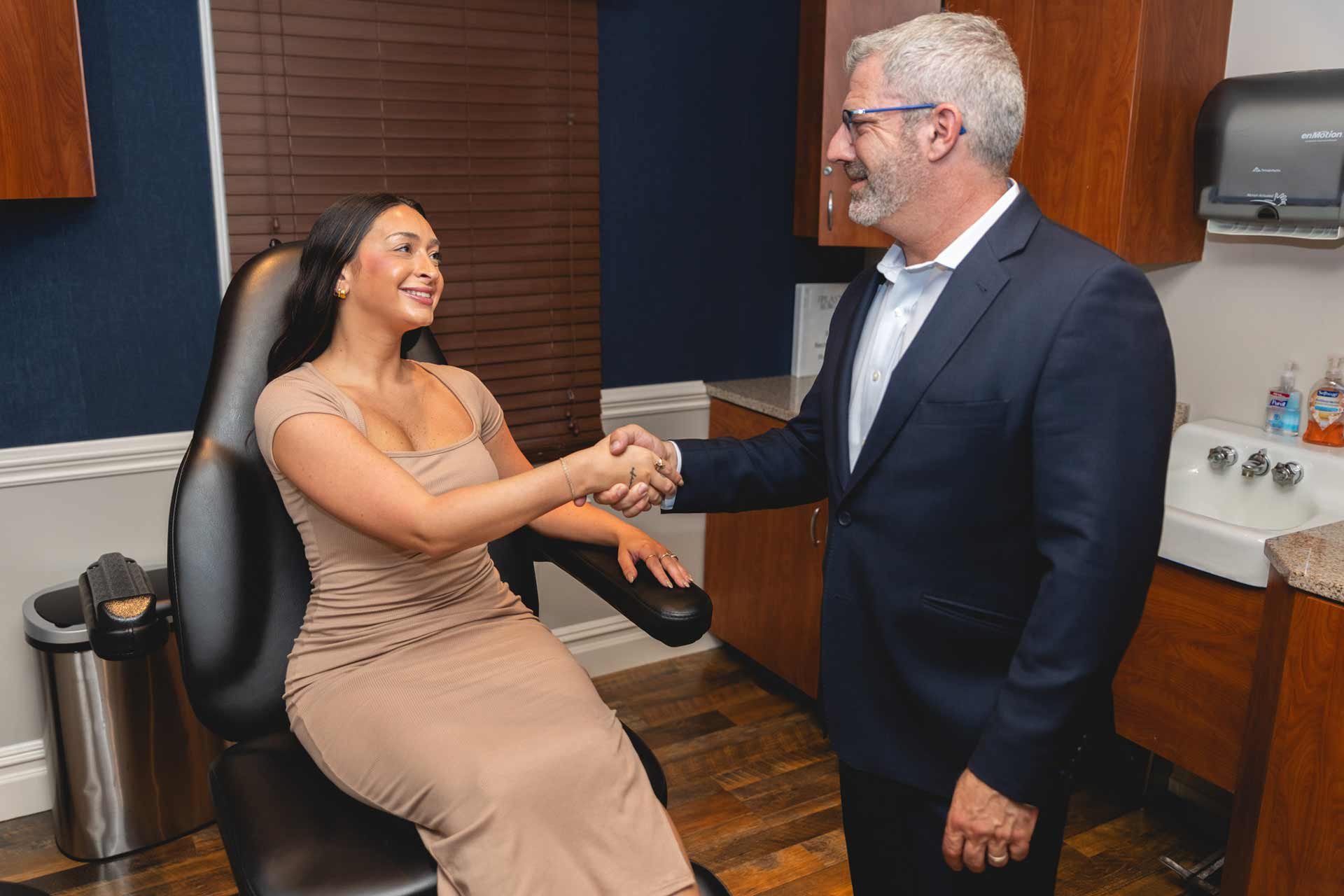
Consultation
Consultations for body lift surgery or excess skin removal after weight loss are available at all Plastic Surgery Center locations. The best surgical plan for you will depend on various personal and medical factors. With this in mind, our world-class surgeons will review your medical history and discuss your ideal surgical outcomes to make personalized recommendations. We can also provide simulated images of your desired results with computer-assisted technology.
Questions
about this procedure?
What to Expect
Our expert surgeons will recommend the best body lift treatment plan for your surgical goals, your health history, and the amount of skin, tissue, and fat to be removed. Lower body lift surgery typically involves an incision at the waist or slightly below it, which may go all the way around the body to include both the abdomen and lower back areas.
During one procedure, a complete lower body lift treats the buttocks, stomach, hips, and thighs, firming and reshaping the entire lower body. Typically, our surgeons close incisions with buried, dissolvable stitches, reducing visible scars and increasing patient comfort. Small drain tubes may be placed to allow excess fluid that builds up where fat tissue was removed during surgery.
Recovery &
Results
Results are visible almost immediately following body lift surgery, though it can take several months or longer to heal fully. Your surgical experience and recovery will vary based on the approach recommended by your physician. Body lift surgery takes place under general anesthesia and the first doses of pain management will likely be given intravenously. You may need to stay overnight for 1-2 days.
You should ask someone to drive you home and assist with personal care tasks once you are discharged. Pain and swelling are typically highest for 2-3 days following surgery. Prescription medication will be prescribed. Ice packs and compression bandages also help reduce swelling, promote healing, and improve comfort.
You may be sent home with surgical drain tubes in place, which can be uncomfortable. Proper care of the drain tubes will be explained before discharge and removed in the office during one of your post-operative visits. Over the next 1-3 weeks, soreness can usually be managed with over-the-counter medication.
Our Gallery

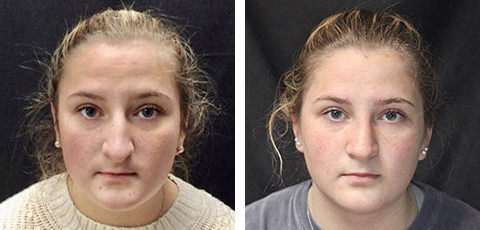

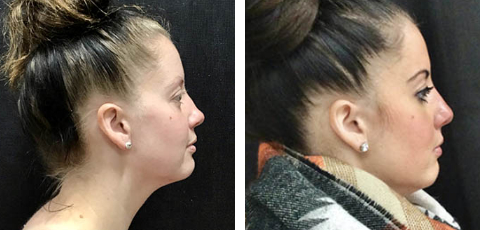

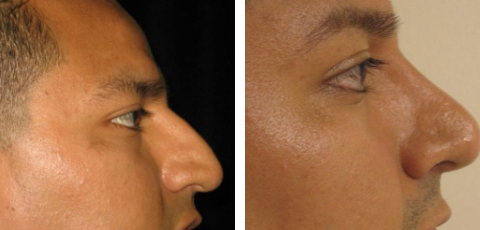
Body Lift Surgeons in NJ
Our board-certified plastic surgeons are highly trained in plastic surgery and the range of body contour procedures used after weight loss. They combine extensive, specialized surgical training with decades of experience to ensure safety and satisfaction for each patient. We pride ourselves in surgical outcomes that will exceed your expectations.

Hamid Abdollahi
MD, FACS
Russell Ashinoff
MD, FACS
Kari L. Colen
MD, FACS
Patrick Greaney
MD, FACS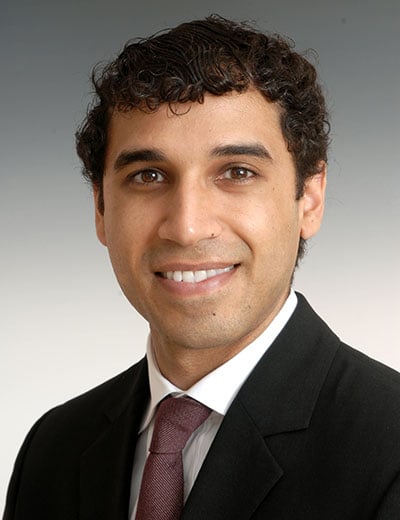
Ritwik Grover
MD
Sean Herman
MD, FACS
Zuhaib Ibrahim
MD, FACS
Matthew Kaufman
MD, FACS
Ahmed Nasser
MD
Robert T. Nevitt III
MD
Tushar Patel
MD, FACS
Michael Rose
MD, FACS
Adam Saad
MD, FACS
Tzvi Small
MD, FACS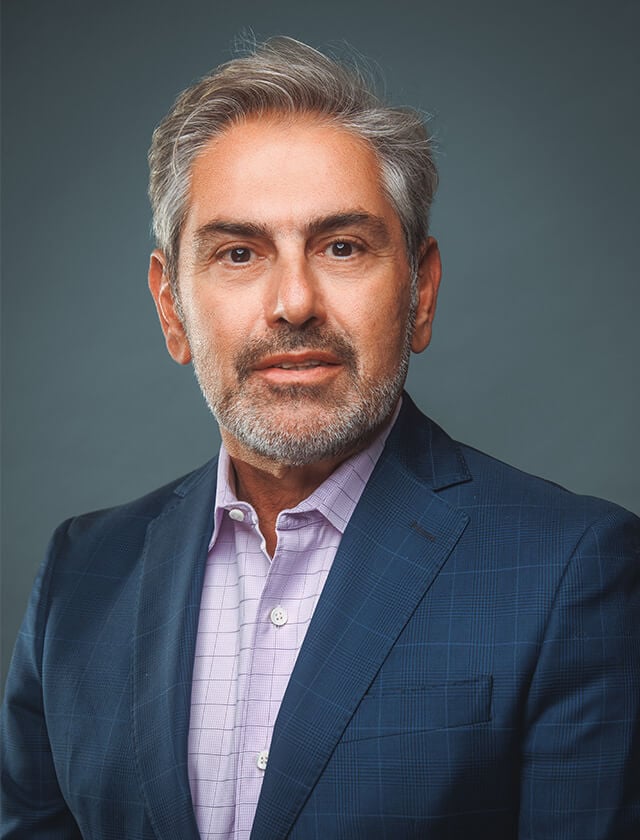
Hakan Usal
MD
Eric Wimmers
MD, FACS
Karen Kaplan
MDFinancing & Insurance
In most cases, body lift surgery is considered a cosmetic procedure and is not covered by insurance. However, in some cases, body lift surgery may be covered by insurance if it is deemed medically necessary. Our team is here to guide you through estimated costs and coverage.
Our Process

During your consultation, our expert surgeons will listen and work with you to fully understand the look you wish to achieve.

Your Options
We will review and explain all of your cosmetic options and identify which procedure is right for you.

Our friendly and compassionate staff and physicians will guide you through the entire process, answer all of your questions and alleviate any concerns.
Body Lift Surgery in NJ
First Floor, STE 200 Red Bank, NJ 07701
You Have Come So Far
Let us help you take the next step toward truly enjoying your healthy, new life.

You Have Come So Far
Let us help you take the next step toward truly enjoying your healthy, new life.

